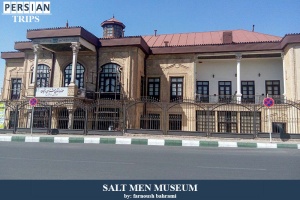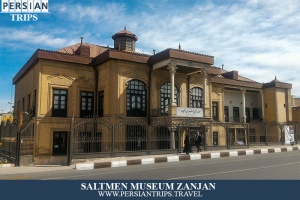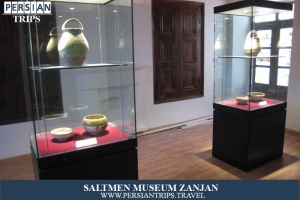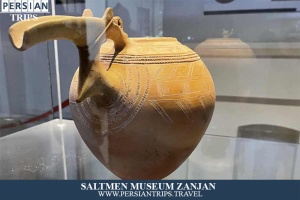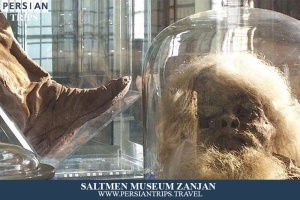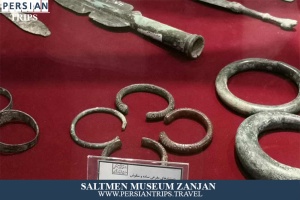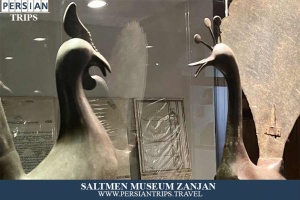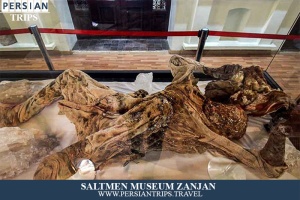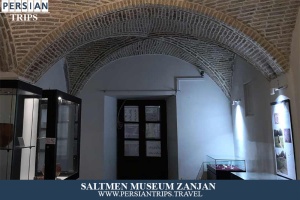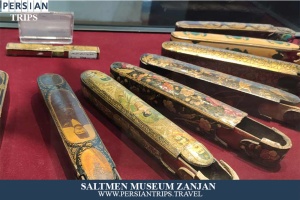Zanjan Saltmen Museum

In this article, we are going to introduce you to one of the most important archaeological discoveries of the last 100 years. A discovery that provides us with unique information about the cultural, social, livelihood and daily life aspects of the ancient Iranian people.
The importance of this discovery is due to the fact that, over time and due to special conditions, the discovered tools have been preserved from destruction and can be fully examined. These works discovered (more than 2200 years old) in Zanjan's salt cave, became known as salt men, and have been publicly displayed in Zanjan Saltmen Museum.Now let's take a look at these first-class historical discoveries.
What are these discoveries and how were they found?
In 1994, the workers of Chehrabad salt mine located in Zanjan province encountered a mummy's body while working. At first, researchers thought that this body belonged to one of the Sassanid emperors or Scythian tribes. These theories were mostly created because of the mummy's golden earring and no research was done in this regard. A little while later, again in 2004, mine workers found another piece of human bone in the mine. Finally, with numerous archaeological excavations, 5 mummies were discovered in this mine and it was determined that three mummies belong to the Achaemenid period and two mummies belong to the Sassanid period.
Mummies and their accessories:
The first mummy was a half-length corpse with a beard and long hair and a gold earring ring in the ear, and objects such as baskets, wooden nails and plant ropes were found around him (this middle-aged salt man is also called).The second salt man was a mummy wearing boots and carrying expensive goods with him. For this reason, many believe that he was a noble. The third mummy was dismembered by bulldozers and not much remains of it. The fourth man, unlike the third man, was perfect and a 16-year-old boy with a height of 170 cm, who was the most perfect body discovered. The color of his hair is brown, which has turned completely white due to long-term exposure to salt.From the fifth salt man, it is a cold. Another mummy was also discovered, which remained in the same cave due to the difficulty of exploration, and its remains were transferred to the museum. One of the most important points to note is that most of the accessories remain intact. The reason for staying healthy is mineral salt. The remaining clothes provide valuable information about the textile industry and the type of clothing in ancient Iran.
What do you know about Saltmen Museum?
Leaving aside the salt men, their storage and display is also very attractive. Saltmen Museum was built in a place that dates back to the Qajar period (120 years ago). The Zulfiqari mansion belonged to one of the influential families of Zanjan city, where the architecture of the late Qajar period (European-Iranian) is evident.This two-story building has residential rooms and administrative offices. The materials used in the building are clay, brick and stone, and the roofing of the house is gable type.The decorations of the building are very diverse and impressive and include metal, stone, brick, plaster, wooden and tile decorations. Tiles, pillared porches, mesh windows, regular porcelain bricks, etc. are among the eye-catching features of Zulfiqari mansion.
